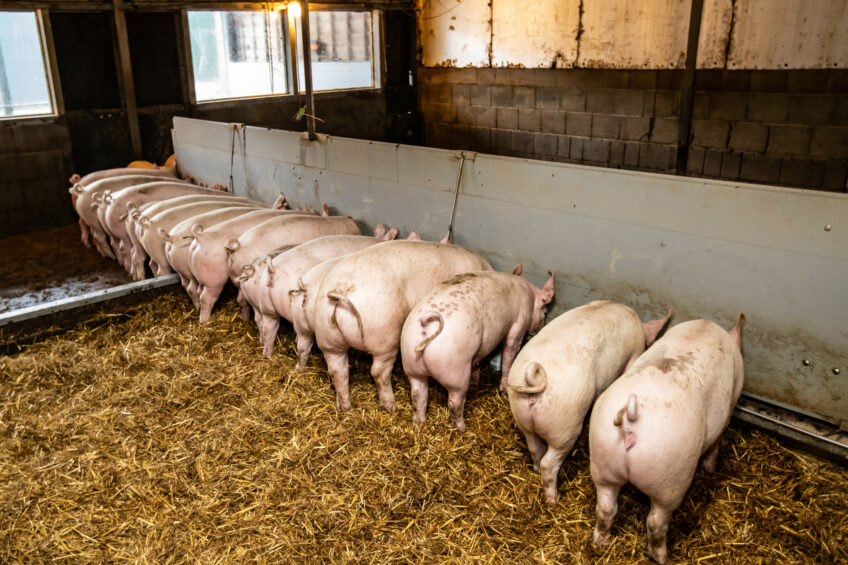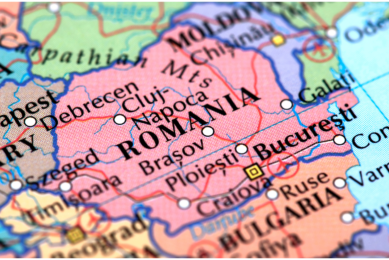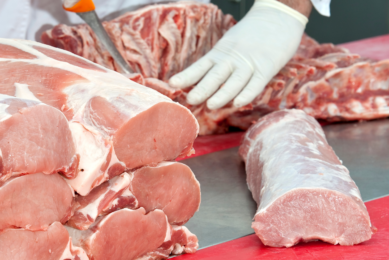What ingredients improve organic pork quality?

A team of French researchers evaluated the impact of a diet containing local raw materials, rich in fibre and omega-3 fatty acid, and added forage on organic pork quality. They published about their findings in Animal.
As a part of the European strategy farm to fork, organic pig farming systems favour swine welfare to maintain biodiversity and to limit the use of inputs. In this system, the feeding strategy plays a key role in intrinsic pork quality dimensions including carcass composition, nutritional, organoleptic, technological, sanitary qualities and extrinsic dimensions related to animal farming.
Data collection
The researchers used 77 organic non-castrated male pigs for this trial that lasted 100 days. They randomly allocated them into 2 groups: Control and Bio+. The control group received the feed with a minimum of the organic specifications. The Bio+ group received a diet containing local raw materials such as faba bean, rich in fibre, and omega-3 fatty acid including linseed, and camelina. In addition, the Bio+ group had a permanent access to forage distributed in a rack. They weighed pigs individually at the start of the experiment, every 2 weeks during the experimental period and the day before slaughter.
The team calculated the average daily gain per pig during the growing and finishing phases and over the whole experimental period. They recorded the ambient temperature hourly on both the building and the courtyard throughout the experiment. After slaughtering pigs, they measured hot carcass weight, muscle thickness, backfat thickness, ultimate pH, meat colour, drip loss, biochemical properties and fatty acid composition of the pork. In addition, 24 hours after slaughter, they determined backfat androstenone and skatole.
Impact on growth performances and carcass traits
Feeding protein, fibre, omega-3 fatty acid and additional forages increased average daily gain during the growing phase but decreased average daily gain during the finishing phase. However, it had no impact on carcass traits such as the hot carcass weight, the carcass dressing, the lean meat content, and the muscle and backfat thickness.
Pork quality and biochemical traits
Feeding protein, fibre, omega-3 fatty acid, and additional forages increased ultimate pH, and decreased lightness and the relative amounts of redness and yellowness in pork. In addition, feeding protein, fibre, omega-3 fatty acid, and additional forages enhanced pork protein concentration and lipid oxidation, and reduced the proportion of polyunsaturated fatty acids.
Boar taint components in fat tissue
Feeding protein, fibre, omega-3 fatty acid, and additional forages augmented the androstenone concentration but lowered the skatole concentration; thus, reducing the risk of boar taint
The authors concluded that feeding local sources of protein, fibre, omega-3 fatty acid, and additional forages improves the pork quality of non-castrated male pigs reared in organic farming.
Authors of the article in Animal are C. Van Baelen, L. Montagne, A. Prunier, and B. Lebret from PEGASE, INRAE, Institut Agro, and S. Ferchaud from INRAE, GenESI, France.











